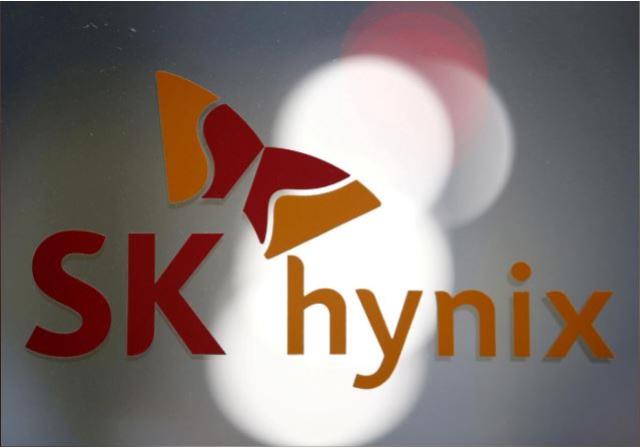Lam Research announced that South Korean chipmaker SK Hynix has selected Lam’s innovative dry resist fabrication technology as a development tool of record for two key process steps in the production of advanced DRAM chips.

Dry resist extends the resolution, productivity, and yield of Extreme Ultraviolet (EUV) lithography, a pivotal technology used in the production of semiconductors.
“Lam’s dry resist technology is a game-changer. By innovating at the material level, it addresses EUV lithography’s biggest challenges, enabling cost-effective scaling for advanced memory and logic,” said Richard Wise, vice president and general manager of the dry resist product group at Lam.
SK Hynix, the world’s second-biggest memory chipmaker, intends to use Lam’s dry resist underlayer and dry development processes for advanced DRAM patterning.
“As DRAM continues to scale, innovations in EUV patterning are critical for delivering the performance needed for today’s increasingly connected devices at a cost that is right for our customers,” said BK Lee, head of R&D process at SK Hynix. “The dry resist technology that we are working on with Lam enables exceptionally precise, low defect, and lower cost patterning.”
Dry resist technology solutions significantly enhance EUV sensitivity and the resolution of each wafer pass, enabling patterns to better adhere to the wafer and improving performance and yield. Lam’s dry resist development approach offers key sustainability benefits by consuming less energy and five to ten times less raw materials than traditional chemical wet resist processes.
SK Hynix earlier said its revenue rose 43 percent in Q1 on-year to 12.2 trillion won. Operating profit rose to 2.9 trillion won ($2.3 billion) in the January-March quarter, its highest first-quarter profit since 2018.
SK Hynix also booked 380 billion won ($301 million) as a one-off cost to compensate customers of DRAM chips made in mid-2020 which were found to have quality issues when used intensely for over a year.





